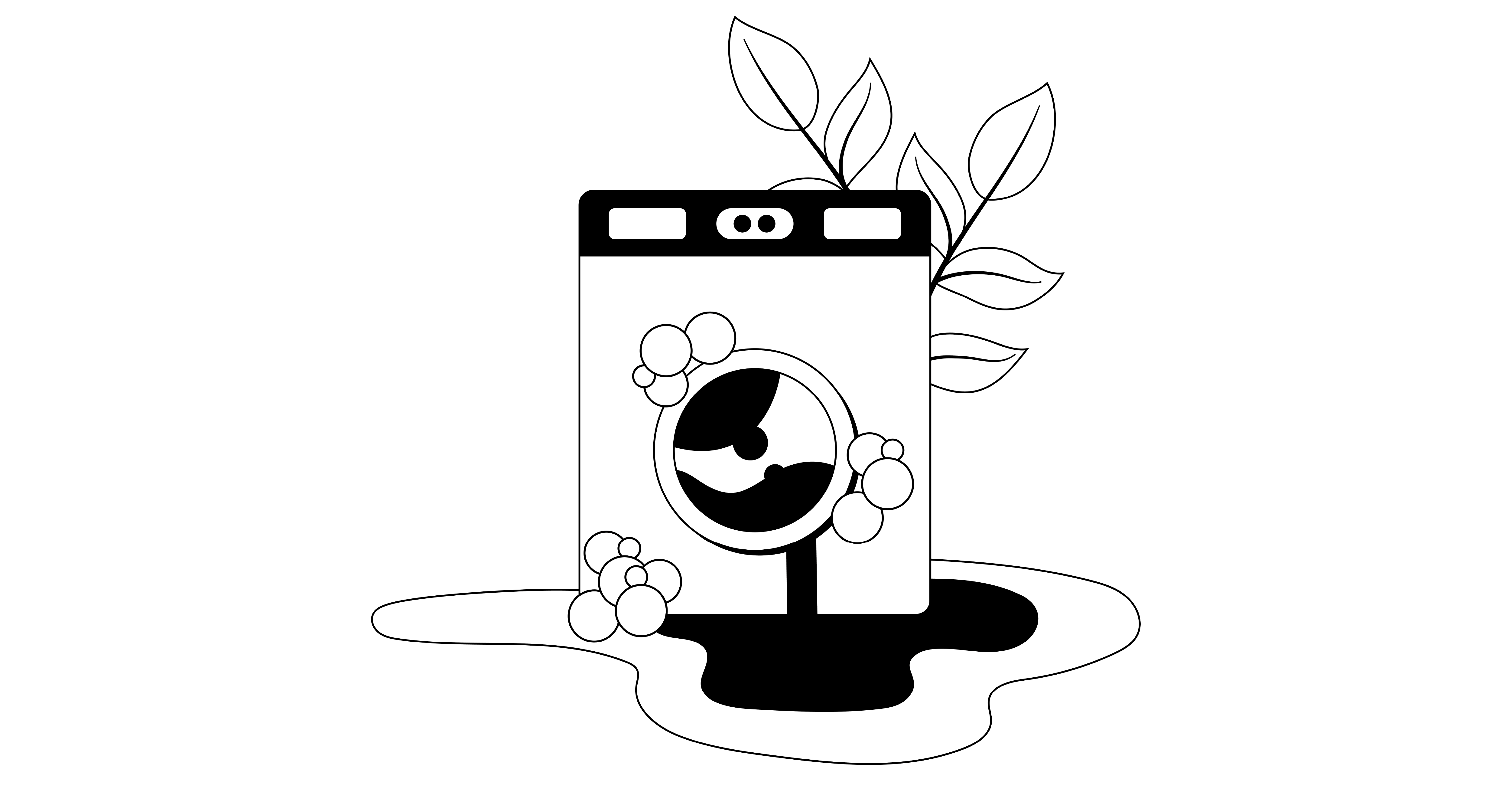Complete Guide to ESOS
Quick links What is ESOS? Objectives of ESOS Who needs to comply? How does ESOS work? ESOS Phase 1 ESOS Phase 2 ESOS Phase 3 ESOS Phase 4
From April 2025, the UK government has introduced tough new measures to tackle greenwashing. The Competition and Markets Authority (CMA) now has the power to fine companies up to 10% of their global turnover for making misleading environmental claims.
That’s a wake-up call for any business talking publicly about sustainability. For sustainability teams, it means every message needs to be accurate, evidenced and transparent. But this isn’t just about protecting your business from fines. It’s about earning trust in a marketplace that increasingly values honesty over hype.
The Green Claims Code: What It Means
The Green Claims Code, set out by the CMA, exists to protect consumers from exaggerated or false sustainability messaging. It applies to any environmental claim made in the UK, whether on packaging, advertising, websites or social media.
To be compliant, claims must be:
In practice, that means you can’t say a product is “carbon neutral” unless you can back that up with a clear explanation of the scope, methodology, emissions reductions and any offsetting involved. It’s not enough to make a claim, you have to prove it, and explain it in plain language.
A Global Lens: ISO 14067 and Related Standards
For example, a company using 100 kg of virgin PET plastic would apply an emission factor (e.g. 1.5 kg CO₂e/kg) to calculate a total footprint of 150 kg CO₂e, but a full LCA would also account for transport, energy use and end-of-life impacts.
ISO 14001: Environmental Management Systems
ISO 14001 helps companies set up structured systems to monitor and improve their environmental performance. It covers legal compliance, waste reduction, pollution prevention and continuous improvement — a solid foundation for businesses making broader sustainability claims.
ISO 50001: Energy Management Systems
Focused specifically on energy, ISO 50001 helps businesses manage and reduce their energy use. It’s relevant for companies aiming to lower Scope 1 and 2 emissions and can provide supporting evidence for carbon reduction targets.
ISO 20400: Sustainable Procurement
This standard supports businesses in embedding sustainability into procurement decisions. It’s particularly useful when evaluating the supply chain’s carbon footprint or ensuring suppliers meet ethical and environmental standards.
Taken together, these standards provide credibility and consistency, two qualities every sustainability claim should have.
SECR and SBTi
For businesses not yet ready to invest in full ISO compliance, there are accessible frameworks that can help build credibility.
SECR (Streamlined Energy and Carbon Reporting)
SECR is mandatory for large UK companies but can be adopted voluntarily by smaller businesses. It provides a structured way to report energy use and emissions, helping businesses track Scope 1 and 2 emissions and demonstrate transparency to stakeholders.
SBTi (Science Based Targets initiative)
SBTi helps companies set emissions reduction targets that align with climate science. It’s become an industry benchmark, and participating businesses can see how their targets compare with peers in their sector. It’s particularly useful for validating long-term decarbonisation plans.
Learning from the Headlines
The consequences of ignoring these principles are becoming increasingly clear. Several well-known companies have already faced enforcement action or public backlash for failing to back up their environmental claims.
Ryanair
In 2020, Ryanair claimed to be “Europe’s lowest emissions airline” based on emissions per passenger kilometre. The Advertising Standards Authority (ASA) banned the campaign, stating that Ryanair’s data was selective, not independently verified and failed to account for full life cycle emissions. The adverts didn’t make clear what competitors were included or how the figures were calculated. The outcome damaged public trust and reinforced the need for claims to be fully substantiated and clearly communicated.
Boohoo
The CMA raised concerns over Boohoo’s “Ready for the Future” range. Although the label implied high environmental standards, some products contained as little as 20% recycled fibres. Boohoo couldn’t clearly explain the criteria for including items in the range or demonstrate how those items were more sustainable than others. The lack of transparency and supporting evidence led to reputational damage and a formal agreement to change marketing practices.
ASOS
ASOS was investigated over its “Responsible edit” collection. The CMA found that criteria for inclusion in the range were vague and inconsistently applied. For instance, there was no explanation of what “responsible” meant in terms of materials, labour practices or environmental impact. ASOS had to commit to clearer labelling, stronger substantiation and more transparent communication.
Asda
Asda’s “George for Good” line came under scrutiny for similar reasons. The CMA found that although the branding suggested sustainability, Asda failed to provide clear information on how these products met higher environmental or ethical standards. The company agreed to make changes to how it presents and supports its environmental claims.
In each of these cases, the issue wasn’t necessarily that the claims were false, it was that they weren’t backed up with enough evidence, clarity or consistency. This shows how even well-meaning messaging can backfire if it’s not handled with care.
Building Trust Through Transparency
As we like to say at True, trust is the new currency. Customers aren’t looking for perfection. They’re looking for honesty, progress and evidence. That’s why transparency is your strongest tool.
Start by being open about what you’re doing, how you’re doing it and where you still have work to do. Then make sure you back up every claim with data that’s:
For example, if you’re assessing the viability of solar or EV infrastructure, don’t just state the potential carbon savings. Use a tool like True to model your options in terms of both emissions reduction and financial return. As Natalie Cable from MillerKnoll said:
“By combining accurate, real-time energy procurement costs with emission reduction data, we can compare the performance of multiple suppliers against our business criteria and confidently forecast the financial and carbon impact of the initiative.”
Practical Steps to Stay Compliant and Credible
How True Can Help
At True, we believe that transparency beats tokenism. Our platform brings together real-time energy procurement data and emissions modelling, so you can assess the ROI of sustainability projects with confidence.
We help businesses take complex data and turn it into credible stories that resonate. We support sustainability teams by giving them tools to forecast, verify and communicate their impact — all backed by solid evidence.
As Peter Vaughan from Oakland International put it:
“Calculating costs, carbon benefits, or payback are things that can get people scratching their heads but with True you can get that calculation in a matter of seconds.”
The greenwashing crackdown signals a turning point. Regulation is tightening. Expectations are rising. And customers are no longer content with vague promises or clever copywriting.
That’s a challenge but it’s also a huge opportunity. The organisations that embrace transparency, follow best practice and back up their claims with data will not only stay compliant. They’ll build stronger relationships, win customer trust and lead the way on the road to net zero.
If you want to ensure your claims are credible, defensible and deliver genuine value — True is ready to help.

Quick links What is ESOS? Objectives of ESOS Who needs to comply? How does ESOS work? ESOS Phase 1 ESOS Phase 2 ESOS Phase 3 ESOS Phase 4

The Energy Savings Opportunity Scheme (ESOS) has long been a fixture in the UK’s energy efficiency landscape. As businesses gear up for ESOS Phase 4...

The Market‑wide Half‑Hourly Settlement (MHHS) programme is moving into its operational phase. From Autumn 2025, electricity settlement, invoicing,...
